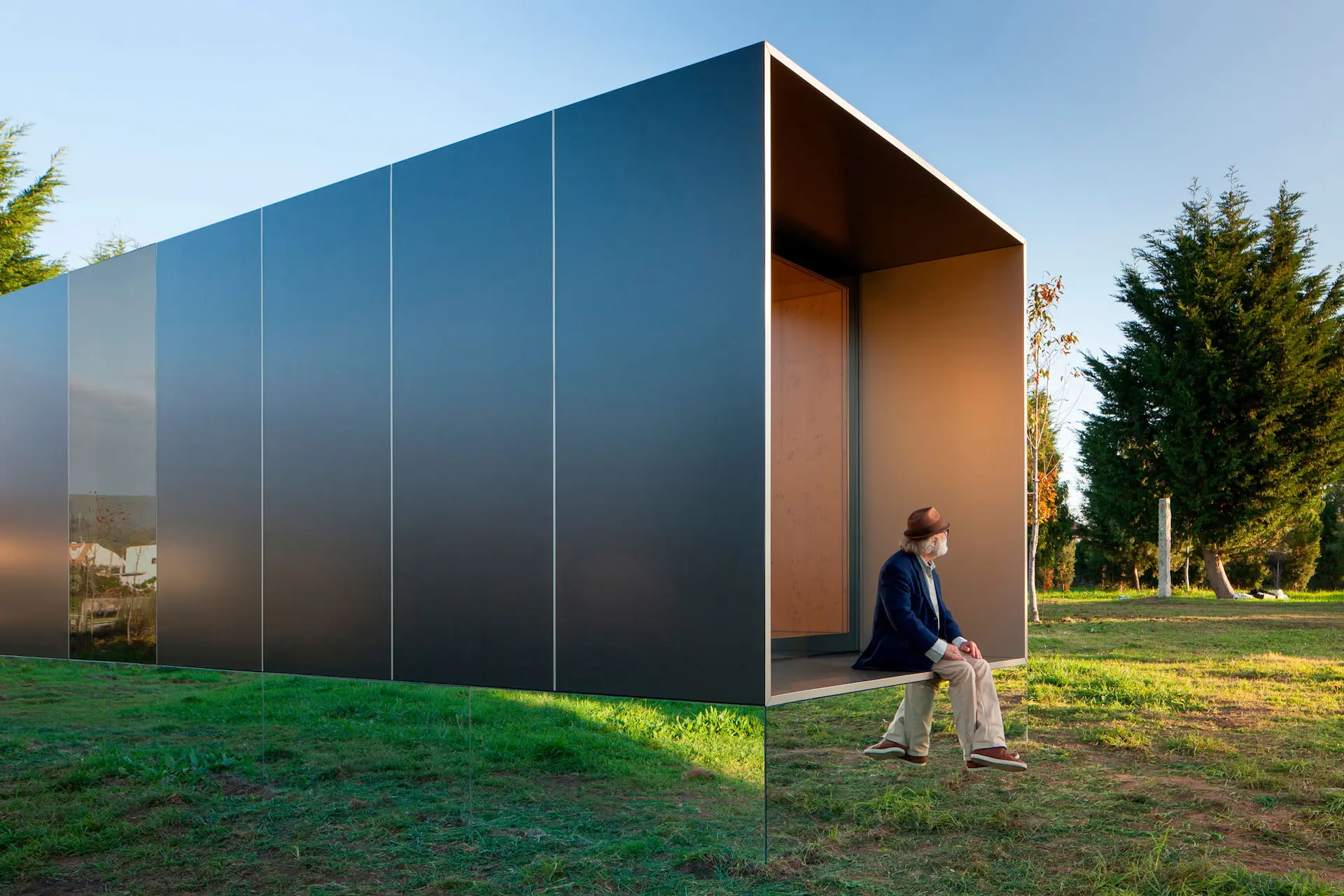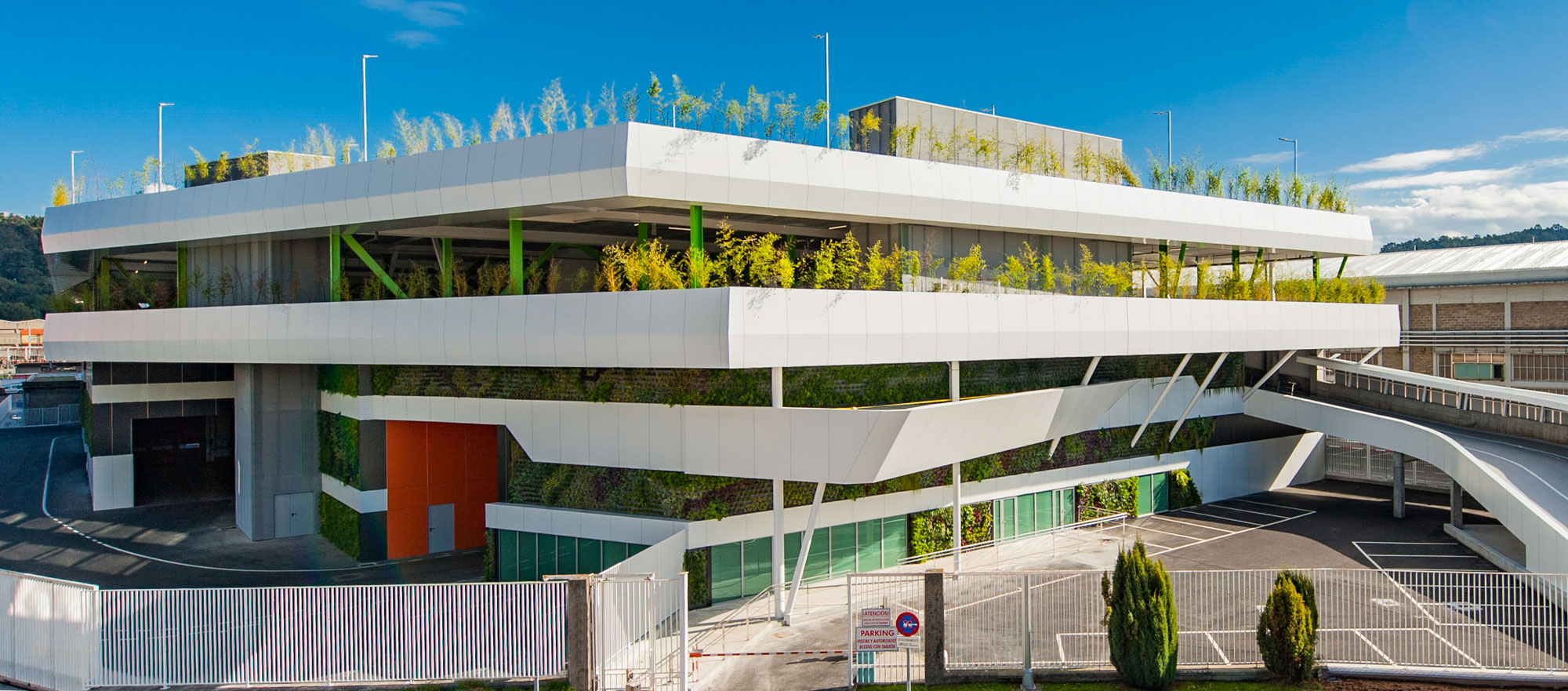Sustainable construction: How recyclable materials can transform your project
Sustainable construction has become a key trend in modern architecture. With the increasing focus on reducing carbon footprint and preserving natural resources, recyclable materials are playing a crucial role in transforming construction projects. Recyclable materials, such as STACBOND’s aluminum composite panels, can improve the sustainability of your construction projects, reducing both environmental impact and operating costs.
The importance of recyclable materials in sustainable construction:
- Reduced carbon footprint: Recyclable materials reduce environmental impact by avoiding the extraction of new natural resources. In addition, reusing materials instead of disposing of them contributes to the circular economy, a crucial approach to sustainability.
- Life cycle benefits: Using recyclable materials in the design and construction of a building not only benefits the environment, but also improves the long-term efficiency of the building, as many of these materials contribute to energy efficiency and require less maintenance.

How STACBOND promotes sustainable construction:
- 100% recyclable panels: At STACBOND, our aluminum composite panels are designed to be 100% recyclable. Both the core and the aluminum sheets can be reincorporated into the manufacturing process, which significantly reduces waste and promotes a long and sustainable life cycle.
- Efficient recycling process: Thanks to our STACBOND Recycling system, we offer a service that collects construction site scraps and recycles them, which contributes to the reduction of construction waste. This approach not only minimizes waste at the construction site, but also helps customers reduce their carbon footprint.
Success stories in sustainable construction:
- LEED and BREEAM projects: Many projects incorporating STACBOND panels have achieved sustainable building certifications such as LEED and BREEAM. These certifications ensure that buildings meet the highest environmental standards, and the use of recyclable panels is one of the key factors in obtaining these distinctions.
- Energy efficiency: STACBOND panels, being part of a ventilated façade, contribute to the energy efficiency of the building, helping to maintain comfortable indoor temperatures without relying excessively on air conditioning. This not only reduces environmental impact, but also offers long-term economic savings.

The importance of choosing recyclable materials for the future of construction:
- Economic and social impact: Choosing recyclable materials like STACBOND panels is a smart decision from both an environmental and economic standpoint. Reducing waste and using recyclable materials help build a more efficient and eco-friendly infrastructure, benefiting both customers and communities.
Sustainable construction is a fundamental aspect of modern architectural projects, and the choice of recyclable materials is key to achieving it. STACBOND panels are a perfect example of how innovation and sustainability can go hand in hand. By opting for recyclable materials, you not only contribute to environmental protection but also invest in a more efficient and profitable future for your construction projects.



